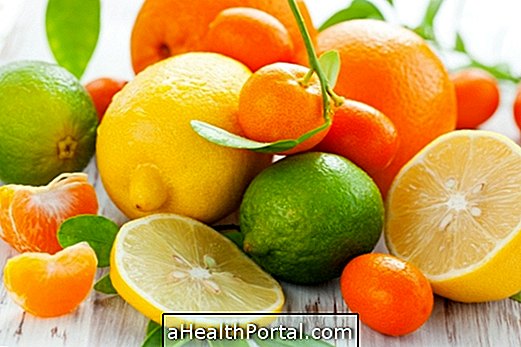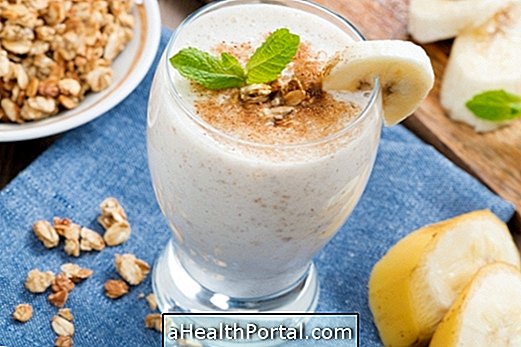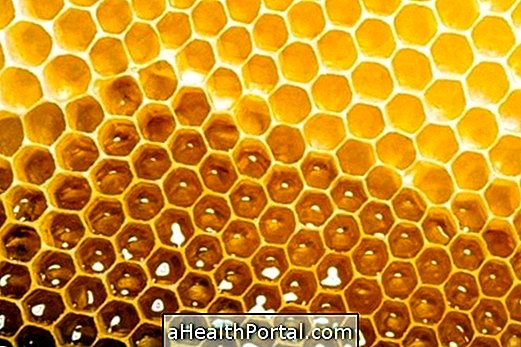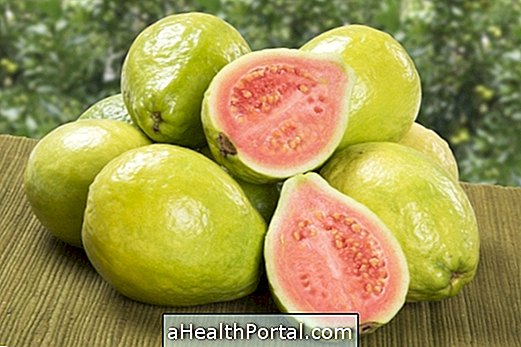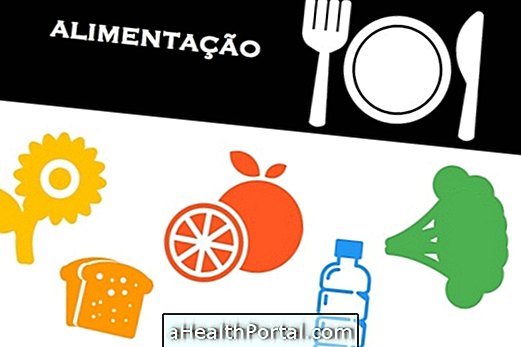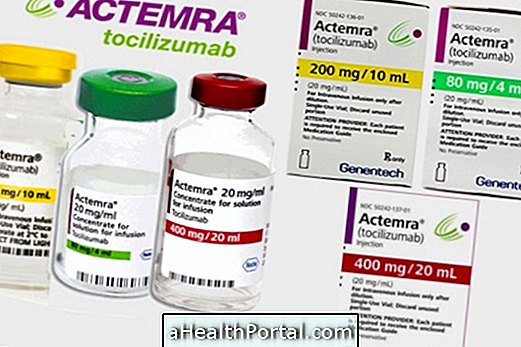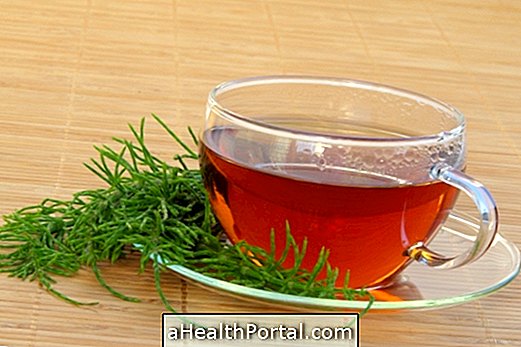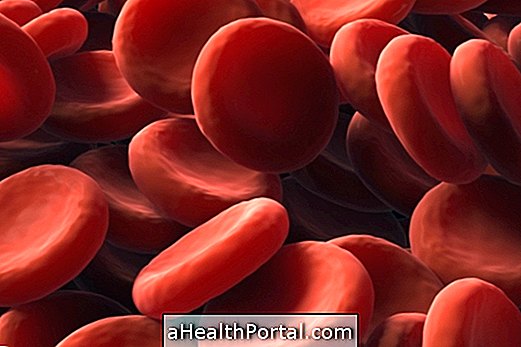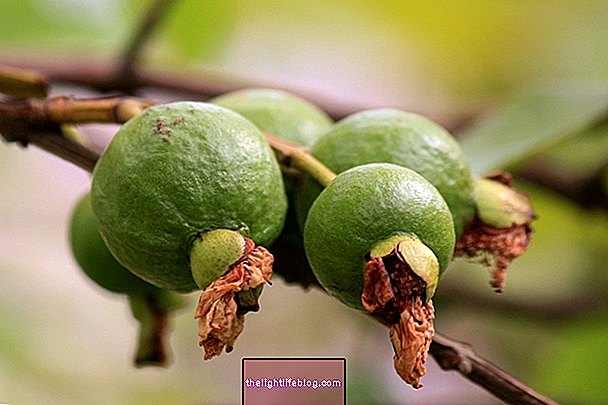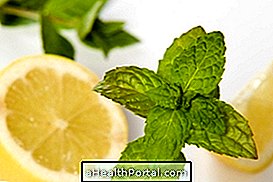Foods rich in glutamic acid are mainly high-protein foods like egg and milk, for example.
Glutamic acid is responsible for the umami flavor of food and therefore the salt of glutamic acid, called monosodium glutamate, is widely used in the food industry as an additive to enhance the taste of food more is known as ajinomoto.
Glutamic acid is an amino acid that the body can produce and is the source of other substances such as glutamine, glutamate, proline, gamma-aminobutyric acid (GABA) and ornithine. Glutamine is an amino acid that is readily available when it is needed for muscle building, so it helps maintain and increase muscle mass formation and is often used as a nutritional supplement by anyone who wants to gain muscle mass. To know more about glutamine see: Foods rich in glutamine.
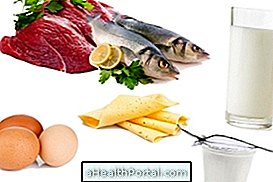

List of foods rich in Glutamic Acid
The main foods rich in glutamic acid are egg, milk, cheese, fish, yogurt and meat but other foods also have this amino acid such as:
- Pumpkin, watercress, cassava, garlic, lettuce, potato, asparagus, broccoli, beet, eggplant, carrot, okra, pod;
- Cashew nuts, horse nuts, almonds, peanuts;
- Oats;
- Beans, peas;
The glutamic acid present in foods is absorbed in the small intestine but as the body manages to produce this amino acid its consumption through food is not in great need.
What is glutamic acid?
Glutamic acid serves to increase brain function and mental activity by improving memory and is used by defense cells in the body which strengthens the immune system
In addition glutamic acid helps to detoxify the brain because it infiltrates in small amounts in the brain and helps to eliminate ammonia which is a toxic substance.

